Regional Readiness for Utilizing Social Media
What are the Benefits?
Overall, respondents agreed to general statements about the benefits of using social media for service design and delivery. In particular, 79% of respondents agreed that social media implementation would reduce service delivery costs, 78% agreed that it will make government services better suited to meet the needs of customers, 76% agreed that it would lead to more inclusive service delivery, and 75% agreed that it would improve the quality of service delivery (Figure 6). As for indirect benefits, respondents were equally optimistic about the potential of utilizing social media in enabling innovation (77%), improving government understanding of customer needs (76%), building communities of practice (76%), and ultimately improving trust in government (72%) (Figure 7).
Overall, the positive perceptions of the value of using social media in service design and delivery are shared across the MENA countries. Breaking down responses by international classifications for country income showed little difference in the percentage of respondents who had very optimistic views of social media’s benefit[1]. Indeed, respondents from all country income classifications believed social media to be potentially transformative in the way they interact with government services in their countries of residence.
Figure 6: Direct or short-term benefits of using social media for services design and delivery
.png.aspx) Figure 7: Indirect or long-term benefits of using social media for services design and delivery
These findings are in line with regional trends indicating that social media users in the Arab region have overly positive expectations of the advantages of using social media, relative to other technologies[1], in service design and delivery. These high expectations may point to a desire to be engaged in the service design and delivery process in general, as well as indicate a public perception that –with the lack of alternative official channels- social media could be a promising venue for such engagement. In addition to positive expectations of social media in service delivery, respondents in our survey seem to believe that benefits from social media adoption will affect all types of public services – 69% of respondents believe that customer support would be impacted, 62% believe that transactional services will be impacted and 60% believe that informational services will be impacted (Figure 8).
Figure 7: Indirect or long-term benefits of using social media for services design and delivery
These findings are in line with regional trends indicating that social media users in the Arab region have overly positive expectations of the advantages of using social media, relative to other technologies[1], in service design and delivery. These high expectations may point to a desire to be engaged in the service design and delivery process in general, as well as indicate a public perception that –with the lack of alternative official channels- social media could be a promising venue for such engagement. In addition to positive expectations of social media in service delivery, respondents in our survey seem to believe that benefits from social media adoption will affect all types of public services – 69% of respondents believe that customer support would be impacted, 62% believe that transactional services will be impacted and 60% believe that informational services will be impacted (Figure 8).
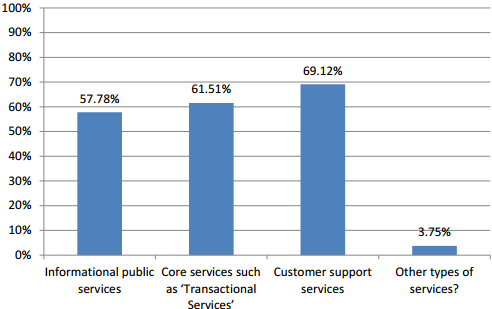
Figure 8: Impact of social media on specific types of government services
“What specific types of government services could the use of social media impact in your opinion?”
What are the Risks?
Respondents exhibited a general consciousness of the risks associated with social media implementation. The number one risk that emerged was that of questionable validity of information provided on social network platforms: 68% of respondents agreed that this was a risk. Malicious content and cyber security risks also received concurrence from a majority of respondents (65%). Additionally, a majority of respondents agreed that reputational damage, information overload, negative citizen participation and a shortage of adequately skilled or trained government employees were risks (Figure 9).
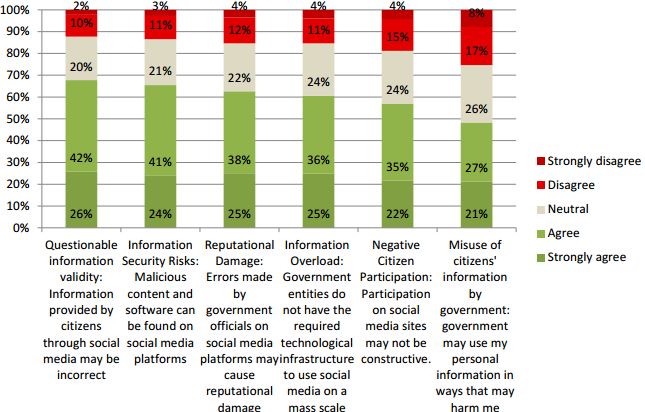
Figure 9: Risks of using social media tools by government entities for service design and delivery
“Use of social media tools by government entities in my country of residence for service design and delivery may have the following risks, in my opinion:”
In addition to the risks highlighted in responses above, commentary by our respondents indicated limited levels of trust in government willingness and ability to infuse that feedback into the service delivery cycle. Furthermore, the ‘big data’ question was also present as many respondents were skeptical that the mass volume of information on social media would allow one’s voice to be heard or allow government to address grievances; a classical concern of government entities, even with the increased sophistication of existing social media analysis tools.
Government Accessibility
Respondents had a positive perception of social media’s impact on government openness and accessibility with 50% of respondents indicating that they believe that social media has made their government more accessible, while, 37% indicated that they did not (Figure 10). The perception of accessibility differed between country income clusters, whereby a higher percentage (60%) of respondents living in high income countries believed that their government has become more accessible as a result of social media adoption than those living in middle income countries (an average of 40%) (Figure 11). Upon further analysis, respondents’ comments showed that many still feel that there is a long way to go. Commenters indicated that open communication between governments and citizens as well as the possibility of open dialogue have indeed made governments in their country of residence more open but that this is not nearly enough. Many posited that there is a need for government to engage in more constructive conversations with citizens and then act on the feedback and suggestions it receives.
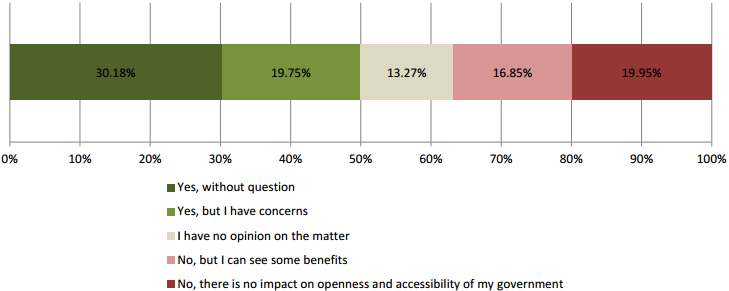
Figure 10: Impact of adopting social media on government openness and accessibility
“In general, do you think that by adopting social media, your government is becoming more open and accessible?”
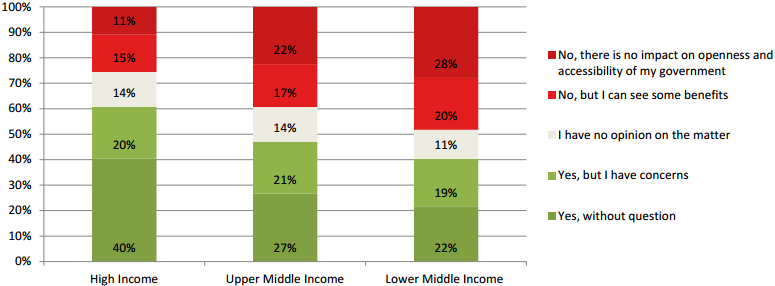
Figure 11 Impact of adopting social media on government openness and accessibility (breakdown by Country Income)
“In general, do you think that by adopting social media, your government is becoming more open and accessible?”
What Steps Should Arab Governments be Taking?
In light of the positive view held regionally of the impact of citizen engagement on service design and delivery through social media, what steps do governments in the Arab region need to take to take advantage of this opportunity? The vast majority of respondents perceived building capacity in social media usage in service delivery and design within government as the primary change needed for successfully incorporating social media in service design and delivery cycles by their government (70%). Furthermore, a majority (57%) believe that government needs to improve public awareness efforts and 50% of respondents see a need for access to more social media channels. A similar percentage (46%) saw a need for a shift in government culture with regard to social media use and 45% indicated a need for more transparency and openness in government social media practices. Finally, a minority of respondents (26%) indicated a need for change in governments’ daily operational processes to facilitate citizen engagement around services (Figure 12). Commentary by respondents indicated that trust is the key to better utilizing social media for service delivery; not only must governments nurture citizens trust in their practice and operation, but that governments also must put more trust in its citizens and increase levels of engagement for better public service design and delivery. Citizens, claim many respondents in our regional survey, need to be empowered. The potential for information sharing and levels of communication facilitated by social media must become a building block that contributes to government openness and transparency and to a populace that is prepared and inclined to participate.
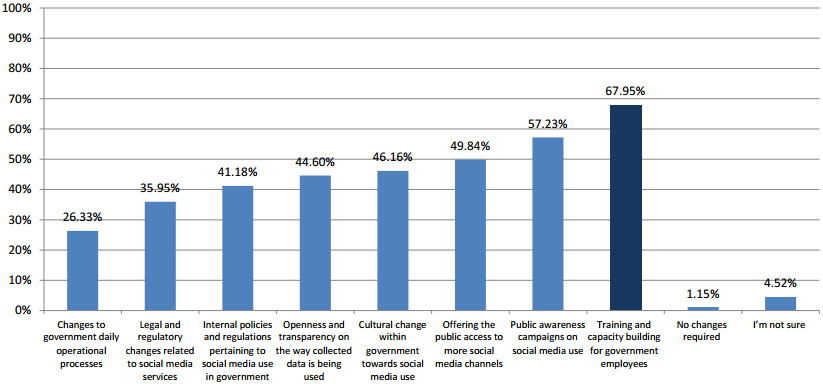
Figure 12: Changes governments need to make, to better leverage social media for citizen engagement and better services
“What changes does the government in your country need to make, to better leverage social media for citizen engagement and deployment of better services?”
However, while social media usage continues to grow strongly around the Arab region, its penetration is still limited to relatively small portion of the population in many Arab countries. Many respondents indicated that relying on social media as a sole citizen engagement channel, may exclude many who do not have the economic means or are not educated enough to use it.
JOIN OUR NETWORK
Join our network of government leaders and professionals